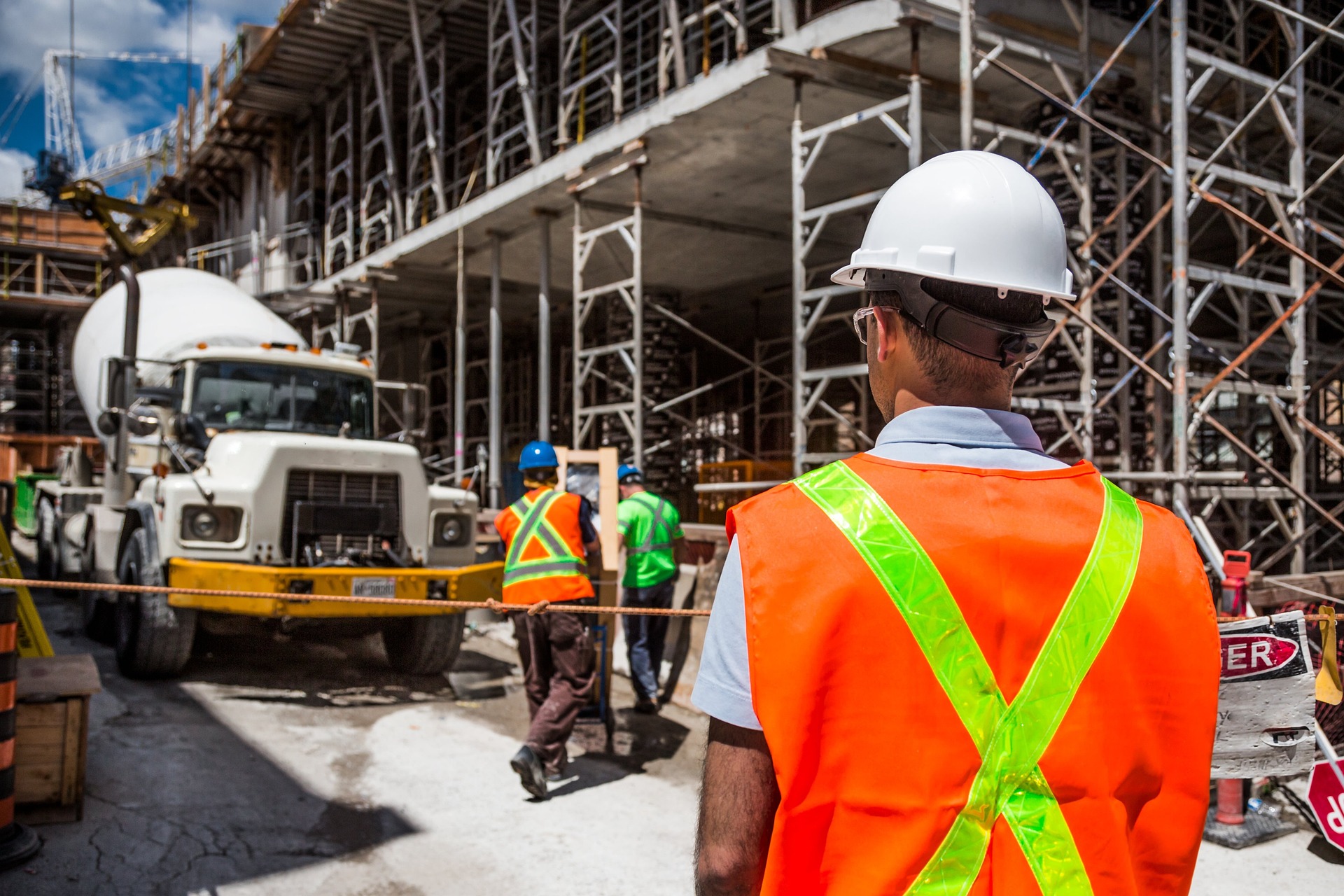In today’s fast-paced world, hazard identification is of paramount importance across various industries and domains. From construction sites to healthcare facilities, proactive hazard identification is crucial for maintaining a safe environment and preventing accidents. Developing a heightened proficiency in hazard identification will significantly contribute to enhancing your overall capabilities and provide substantial value to your organization.
Hazard Identification is what the name suggests: a process where hazards that relate to specific work activities are identified and scrutinized. This process is the first step in effective task based risk assessment (TBRA) and arguably, one of the most critical. It is only after we know what can hurt someone, that we can assess the level of risk that it poses and then apply suitable control measure to reduce said risk. With this in mind, we, as HSSE professionals need to continuously hone our hazard identification skills.
In this blog post, we will explore some practical strategies to improve your hazard identification skills.

Use a Hazard Identification Prompt
A hazard identification prompt simply signals you to examine a work activity to determine if there are hazards associated with the particular prompt. A common example of hazard identification prompts, typically used in the oil and gas industry, is the 14 Sources of Energy.
Hazard identification prompts help us to examine the work to see if there are hazards that aren’t immediately apparent. They reduce the likelihood of a hazard inadvertently being omitted from the TBRA. Failure to identify hazards has been noted as a fairly common root cause in incident investigations. Using prompts adds consistency to the hazard identification activity helping to ensure an objective outcome. Organizations can develop their own hazard identification prompts that best suit the type of hazards they regularly face or implement the commonly used “14 Sources of Energy”.
Be Specific when Identifying Hazards
BE SPECIFIC! It sounds simple but the impact of adding specificity to your hazard descriptions is quite significant. As the saying goes, The devil is in the details. For example, when identifying a potential dropped object – Identify specifics like the weight of the object and distance it might fall. See some examples below and note the contrast:
| Vague Hazard Description | Specific Hazard Description |
| Dropped Object | Dropped hand tool, weighing, 4lbs, falling a distance of 15 ft. |
| Exposure to noise | Exposure to noise, approximately 100dBA for a duration of 8 hours |
| Slips, trips and falls | Slippery surface below leaking air condition unit |

Adding details about the size, quantity or nature of the hazard present in the specific case can give great context to the risk assessment. This is especially helpful for the work execution team being guided by the risk assessment.
Engage a Competent Subject Matter Expert (SME)
How many times do we see risk assessments being spearheaded by HSSE professionals? While, it’s true, we HSE professionals are extremely talented, versatile and multidimensional, a clear standard must be set when it comes to having competent SME’s contributing to improving the hazard identification exercise.
The SME has hands on experience interfacing with the hazard on a regular basis. They understand the specific nature of the hazard and how the hazard can affect workers in a very practical way. It’s quite possible they have been witness accidents resulting from exposure to the very same hazards being analyzed.
For example, if the work tasks contain welding activities, then simply including a competent welder will be enough to have a more credible hazard identification activity. Their contributions should not be seen as a nice to have, but more of an essential component of an effective TBRA.

Enhance Hazard Descriptions | Be Clear!
This may seem like a no brainer, and, it kinda is. But it must be stated. It must be stated because it’s important. It’s important simply because workers have a better chance of avoiding injury if they are very clear about what can hurt them i.e. they have a clear understanding of the hazards they’re exposed to. The importance is compounded when you consider that work activities, in a practical sense, can be hampered by unforeseen complexities. These complexities have to be navigated by the work team in order to complete the work safely and efficiently. Overcoming this, with consistency, is greatly supported by having the hazard description clearly documented. The team conducting the hazards identification should not underestimate how essential this is.
Visit the Job Site | Identify Site Hazards
Site visits are a common practice in industry during the tendering phase of a project or work activity. It typically allows for contractors to get the information needed to understand the work activity in detail before bidding. However, after selecting a venfor, visiting the work location can enhance hazard identification by helping highlight site-based hazards. Risk assessment team members can get a better understanding of the types and nature of hazards that need to be considered in preparation for the execution of the work activity. There are many things that can be seen on the location that would not picked up from the office setting.

